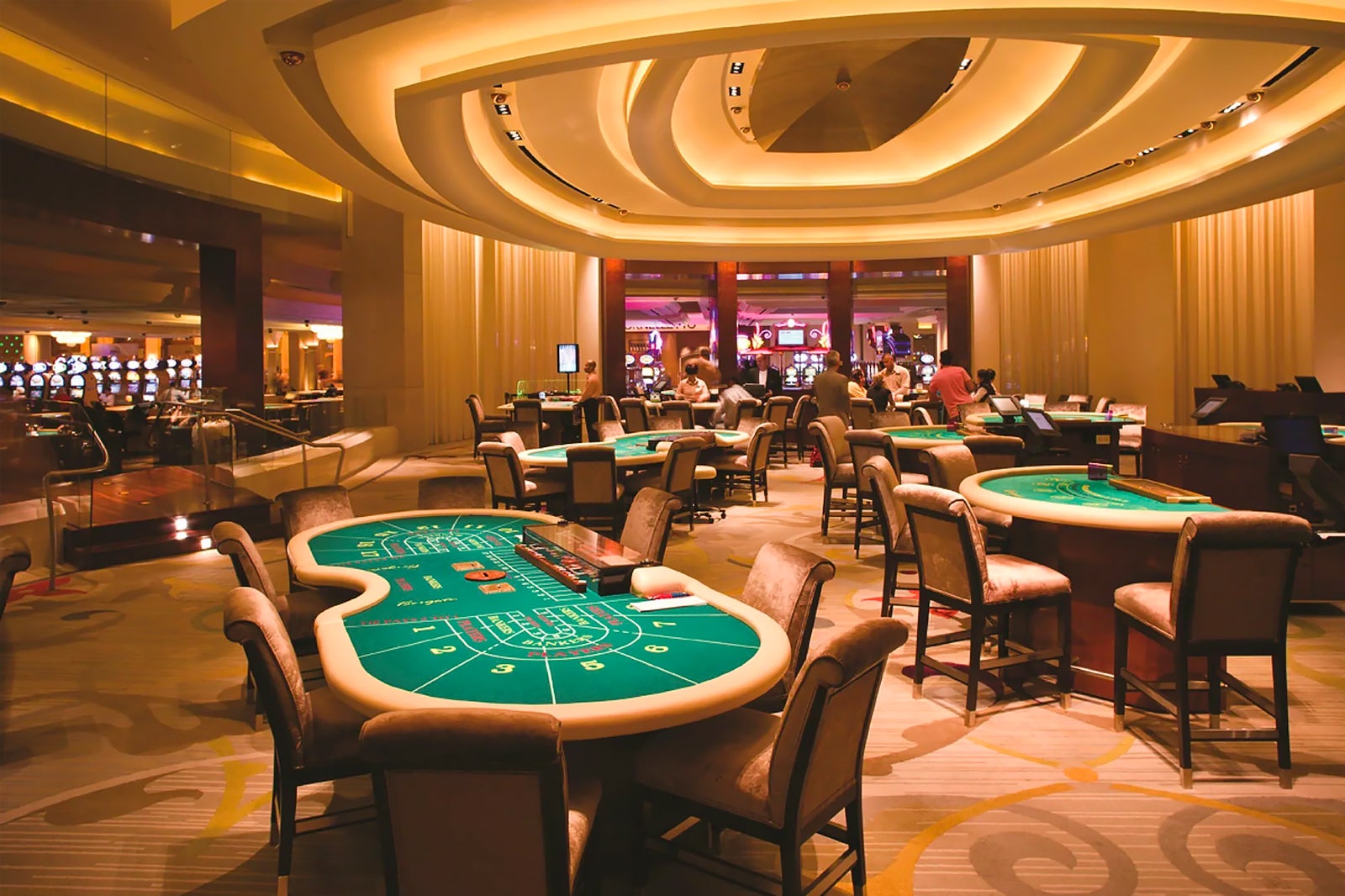
Within a vibrant and thrilling world of casinos, wherein fortune and tactics intertwine, hues and aesthetic play a critical role in drawing in gamblers. As soon as players step inside a casino or access a gaming platform, they are enveloped in a sightly feast that grabs their attention and lures them to discover further. Vivid colors, captivating graphics, and creative layouts are meticulously crafted to create an environment of thrill and anticipation, ultimately improving the gaming encounter.
While gamblers navigate through the dynamic landscape of casino games, they come across a variety of designs that not only serve visual purposes but also influence emotions and decision-making. Hues like scarlet and gold symbolize wealth and fortune, while soothing navy and greens can create a more tranquil environment. Understanding how these elements work together allows casinos to create an inviting and energizing atmosphere that encourages players to engage with the games, invest more time at the tables, and boost their overall enjoyment.
The Psychology of Tint in Gaming Establishments
Hue plays a key role in the development of gaming experiences, shaping player emotions and responses. Lively and vibrant colors, such as red and amber, are often used to stimulate thrill and draw focus. These shades create a sense immediacy and dynamism, encouraging players to participate more eagerly with the experience. By thoughtfully selecting tints, designers aim to inspire feelings of joy and excitement, which can enhance the total player experience.
Distinct hues also have psychological connotations that can affect how gamblers perceive their possibilities of success. For instance, lime is commonly associated with fortune and prosperity, making it a well-liked choice in activities like the roulette wheel and poker games. This link can cause participants to feel more hopeful and confident in their gameplay, ultimately motivating them to bet more. Grasping these associations allows game creators to design environments that enhance player enjoyment and engagement.
Furthermore, the interface of gaming interfaces often employs gradients and differing colors to direct players’ actions. For instance, successful combinations may be accentuated with bright, opposing colors, creating a visual incentive. This approach reinforces positive outcomes and encourages repeated engagement. By utilizing the science of color, gaming venues can create games that not only draw gamblers but also keep them engaged and invested in their play experience.
Creative Elements that Attract Gamers
The visual appeal of gambling games is largely influenced by the implementation of vibrant colors. Lively and striking colors are deliberately chosen to create an appealing atmosphere that captures attention. For example, crimson and golds often signify good fortune and wealth, which is why they are common in the palettes of gaming machines and table surfaces. These colors not only attract players in, but they also evoke emotions related to excitement and expectation, enhancing the total gaming experience. casino en ligne
In parallel to color, the aesthetic and layout of casino games play a crucial role in captivating players. Games are designed to be user-friendly, ensuring that players can easily understand the guidelines and mechanics. Accessible interfaces, along with engaging graphics and animations, help maintain player interest and encourage longer play sessions. The physical elements, such as the feel of the buttons and the sounds of the games, also contribute to a comprehensive sensory experience that keeps players engaged.
In conclusion, conceptual elements in game design can significantly influence player choice. Many casino games are inspired by media, fairy tales, or adventure themes, incorporating symbols and characters that resonate with players. These themes create a sense of immersion and relatability, making each game feel distinct. When players feel a bond to the theme, they are more likely to opt for that game over others, leading to higher participation and enthusiasm within the gambling environment.
Case Studies: Notable Casino Table Game Designs
One prime example of successful casino game design is the popular slot machine series based around hit movies. Games such as those based on the The Wizard of Oz and Game of Thrones utilize dynamic colors and superior graphics to immerse players in familiar narratives. The employment of lively visuals and entertaining sound effects takes the interest of players, creating an emotional connection to the theme. This approach not just promotes longer play but also boosts the overall gaming experience, resulting in increased player retention.
Another effective case is the application of the psychology of color in table games like blackjack and roulette. Casinos often create these games with dark reds and greens, colors traditionally connected with luck and wealth. For instance, the emerald felt on a blackjack table provides a relaxing effect, while the red accents in the wheel invite excitement. This deliberate use of color helps to create an inviting atmosphere that stimulates players to engage, addressing their psychological impulses and increasing their enjoyment.
Finally, social casino games that feature community features and lively, dynamic designs have experienced remarkable success in engaging players. Games like Zynga Poker and Slotomania leverage bright colors and playful animations to establish an inviting online environment. The inclusion of leaderboards, community sharing options, and in-game rewards encourages competition and community, pulling players in for longer sessions. Such designs merely make the games visually enticing but also emphasize community engagement, a key factor in player retention and engagement within digital casino environments.